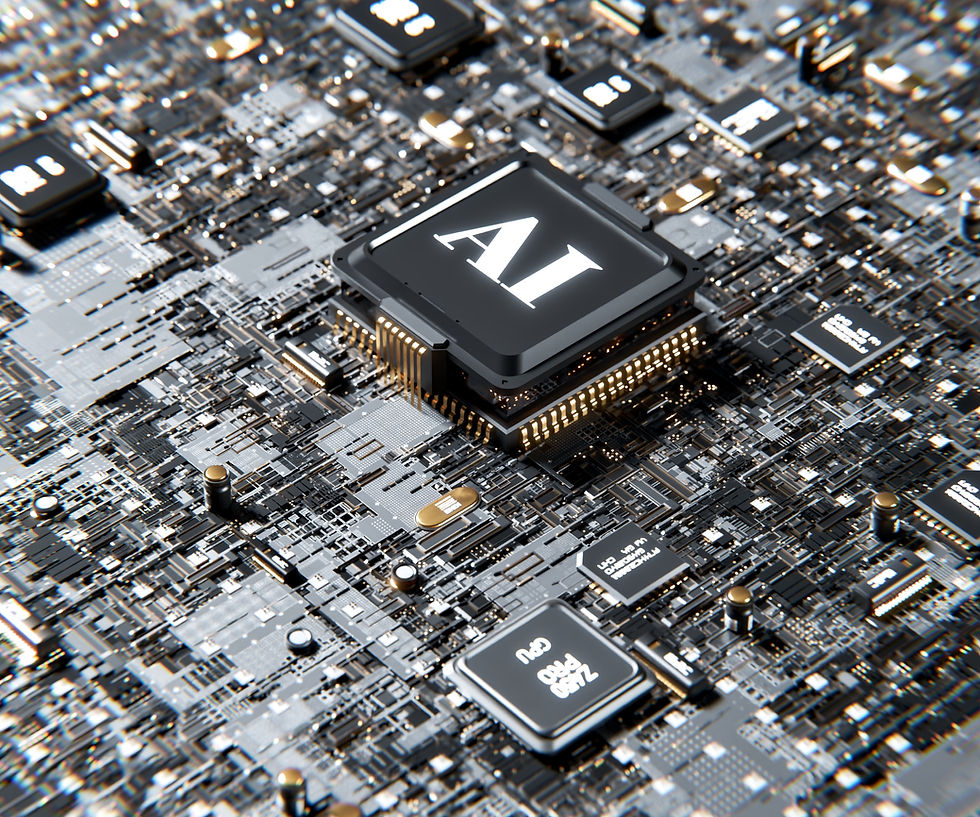The initial buzz around generative AI (GenAI) has started to settle, as organizations grapple with the tricky task of moving from cool pilot projects to full-scale implementations that actually make a difference. Recent McKinsey research shows only 11% of companies have managed to adopt GenAI at scale.
But this shift is good news for CEOs because it means they can start turning GenAI’s potential into real business value.
However, it’s not as simple as flipping a switch. Getting GenAI ready for prime time requires a solid tech foundation and a lot of effort.

Image by Igor Omilaev from Unsplash
Seven Practical Tips for Scaling GenAI
Here are seven practical tips to help your company scale GenAI effectively:
1. Cut the Noise, Focus on What Matters
Even though GenAI adoption is growing, real bottom-line impacts are still rare, with only 15% of companies seeing significant effects on their earnings. This often happens because resources are spread too thin across many initiatives. CEOs should prioritize pilots that are both feasible and address key business areas.
Be honest about which pilots have really worked and focus on those that tackle significant business problems.
Don’t spread yourself too thin across numerous GenAI projects.
Work closely with business unit leaders to set priorities and scale up the most promising projects.
2. Focus on Building Value, Not Just Models
Integrate GenAI beyond the IT department by creating cross-functional teams. Clear governance and collaboration frameworks ensure GenAI solutions align with business objectives and risk management protocols.
Treat GenAI as a broad business priority, not just a tech project.
Create cross-functional teams that include business, risk, and product management experts.
Establish clear governance structures to oversee use-case identification, resource allocation, and performance monitoring.
3. Keep Costs in Check
Model costs have decreased, but managing change and operational expenses remains significant. Continuous cost optimization and ROI-focused investments are crucial for sustainable GenAI programs.
Understand that model costs are just a small part of the overall expense.
Change management can cost three times more than developing the models.
Continuously optimize costs and tie investments to ROI.
Not all GenAI applications need to be treated the same; tailor your spending based on the criticality and response time requirements.
4. Go for the Right Data, Not Perfect Data
High-quality GenAI solutions depend on clean and well-managed data. Investing in targeted data labeling, authority weighting, and continuous platform maintenance is crucial for consistent model performance and accuracy.
Invest in clean, accurate data essential for high-performing GenAI solutions.
Focus on targeted labeling and authority weighting of data sources.
Maintain platforms continuously as new data is integrated to ensure consistent model performance.
5. Streamline Tools and Technologies
To scale effectively, manage a streamlined set of tools and infrastructures. Choose the right cloud services and build flexible, straightforward infrastructures to reduce complexity and costs, making the most of GenAI capabilities.
Avoid supporting a jumble of platforms and tools, which increases complexity and costs.
Choose a manageable set of infrastructures and tools that fit with your primary cloud service provider.
Build flexibility into your infrastructure to switch providers or models if needed, but don’t overdo it.
6. Embrace Reusable Assets
Focusing on building reusable code and modules accelerates GenAI development. Identifying common elements across use cases and assigning dedicated roles to manage these assets ensures scalability and efficiency in GenAI initiatives.
Develop reusable code and assets to speed up GenAI use case development by 30 to 50%.
Review multiple use cases to identify common needs and build reusable modules.
Assign roles like platform owners to manage and promote the use of reusable assets.
7. Integration is Key, Not Just Individual Components
Effective orchestration means getting models, data, and applications to work together seamlessly. This requires a robust API gateway to manage requests, compliance, and usage, and real-time observability tools to monitor and adjust application performance as needed.
Instead of obsessing over each piece of the GenAI puzzle, focus on how they all fit together securely and efficiently.
Effective orchestration involves integrating models, data, and applications smoothly.
Use an API gateway to manage requests, ensure compliance, and keep an eye on usage.
***
Scaling GenAI from pilots to impactful, at-scale capabilities requires a strategic approach. By following the above seven tips, CEOs can unlock the full potential of GenAI and drive meaningful business value.
Comentarios